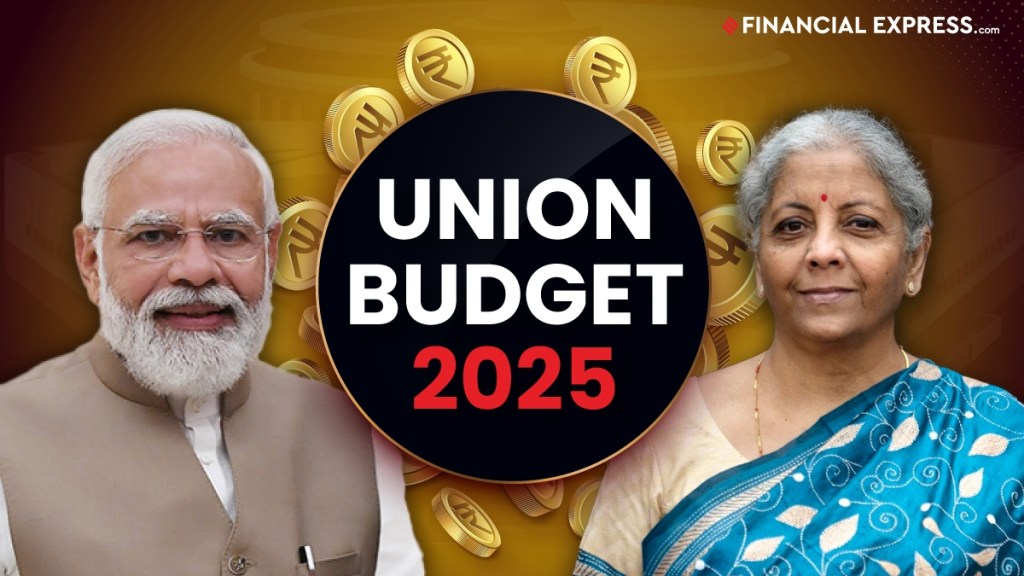The Union Budget 2025 has brought relief to the middle class by significantly restructuring the income tax slabs, making it particularly beneficial for those earning up to Rs 12 lakh per year. Under the new regime, individuals earning up to Rs 12 lakh will pay zero tax, thanks to a combination of tax rebates and standard deductions. With more money in hand, will India’s Gen Z—the country’s largest consumer segment—open their wallets wider?
Data suggests they already prioritise spending over saving. A 2024 report by Boston Consulting Group (BCG) and Snap Inc. highlighted that Gen Z in India (roughly 377 million people) accounts for 43% of the nation’s consumption, collectively spending $860 billion. By 2035, this number is projected to reach a staggering $2 trillion. Unlike previous generations who prioritised savings and asset-building, Gen Z leans heavily towards a consumption-driven lifestyle, influenced by digital trends, social media recommendations, and experiential purchases.
This behavioural shift could have a direct impact on several industries. Higher disposable income means increased discretionary spending, likely boosting demand in fashion, travel, gadgets, and e-commerce. Businesses catering to Gen Z, from fast fashion to subscription services, may see a surge in revenue. However, this also poses a potential risk—higher spending could lead to inflationary pressures as demand outpaces supply. Companies might raise prices in response, and the Reserve Bank of India (RBI) may need to step in with policy adjustments to maintain economic stability.
Moreover, Gen Z’s spending habits are driven by digital engagement. Reports suggest that 80% of Gen Z prefers communicating via images, GIFs, and immersive visuals, while 77% engage more with brands using AR/VR content. This means businesses looking to tap into this spending boom will need to adapt their marketing strategies, focusing on interactive, visually rich experiences rather than traditional advertising.
Gen Z has been actively discussing the impact of the Union Budget 2025, with many expressing their expectations of increased financial prosperity. Some consider an annual salary of $587,000 as the minimum to be considered financially successful. Amid these discussions, there’s been playful optimism, with comments like “Mast hain re, iPhone ab India mein sasta hoga,” (All is chill, iPhones could be cheaper in India now) signaling their hopes for better affordability. There’s also speculation about increased investment in stocks and the potential for a surge in consumer spending, driven by higher disposable income. Some speculated that this is government’s deliberate move to push for increased spending to boost GDP through indirect taxes. Gen Z remains eager to spend, with some even joking about how platforms like Zomato are on the rise and how if Cred were listed, it too would see gains.
Despite the immense potential, many businesses have yet to fully capitalise on Gen Z’s spending power. While 45% acknowledge the generation’s purchasing influence, only 15% actively tailor their marketing strategies to appeal to them. While the Budget has paved the way for increased spending, whether this translates into long-term economic growth depends on how Gen Z balances consumption with financial planning. With an estimated 37.7 crore Gen Z consumers gaining more disposable income, India’s economy is set for a surge in demand-driven growth, boosting industries like fashion, travel, and tech. However, this rising spending power also brings inflation risks and challenges for businesses to adapt to rapidly evolving consumer preferences.
